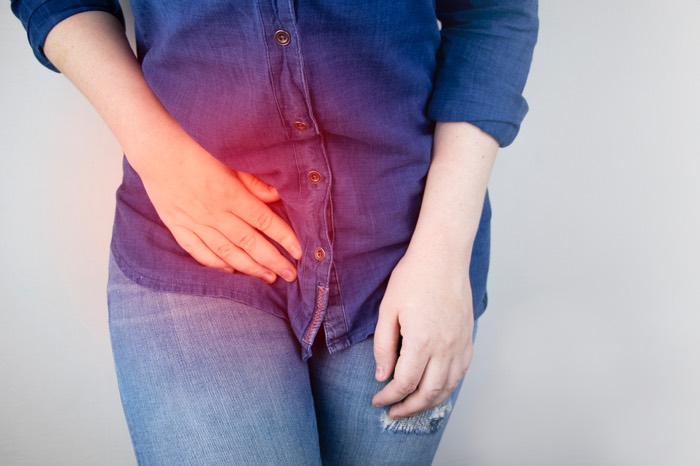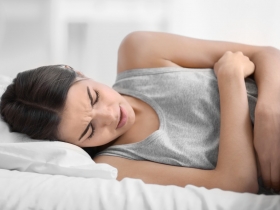How to treat endometriosis?
Endometriosis is one of the most common gynaecological diseases in women of childbearing age, which can be one of the causes of infertility. This disease is caused by a lack or increased level of hormones. The problem then is that during menstruation, not all of the lining of the uterus leaves the woman's body, but attach to other organs in the pelvic floor, where they cause problems. What are the symptoms of endometriosis and how to treat it effectively?
What is endometriosis and how to recognise it?
During menstruation, the lining of the uterus and mucous membranes (endometrium) are expelled from the body. At this point, however, there may be situations where the endometrium is not expelled from the body and remains in the pelvic floor and abdominal cavity, where it can attach to other organs. In rare cases, this can also affect other organs, such as the brain and lungs. The most common cause of this phenomenon are hormonal changes.
Doctors have believed in the past that endometriosis is a civilizational disease, but this disease has been shown to have plagued women for much longer. The cause is truly related to hormones and hormonal changes. There are two main reasons for the poor excretion of the endometrium from the female body:
- increased levels of the female hormone oestrogen
- reduced levels of the male hormone progesterone
Symptoms of oestrogen deficiency include headaches, fatigue, difficulty concentrating, and mood swings. Doctors do not yet know exactly what causes fluctuations in the levels of these hormones. Therefore, it is difficult not only to determine what is the cause of this disease, but also how to cure it effectively. This is despite the fact that statistics show that endometriosis is 20 to 50% the cause of female infertility.
Endometriosis most often affects women of childbearing age and has several different manifestations. Initially, it is menstrual pain that is significantly stronger than usual. It can also be pain and pressure in the lower abdomen, pain in the ovaries or pain during sex. Blood in the urine may also be one of the warning signs.

Treatment of Endometriosis
If the symptoms mentioned correspond to your symptoms and you suspect endometriosis, it is necessary to visit a gynaecologist. They will assess whether the symptoms correspond to the disease and, if so, whether the woman must undergo further examination/s. This is done surgically, mostly in the form of a laparoscopy of the ovaries, uterus and other organs. Alternatively, your doctor will perform a hysteroscopy to help find any abnormalities.
Endometriosis can be treated surgically or hormonally. There is also an alternative to the second method in the form of natural hormonal treatment. As part of the surgery, the foci are physically removed, and hormonal treatment seeks to prevent their growth or the formation of others. In many cases, both methods complement each other.
Surgery is most often performed laparoscopically and the doctor uses a laser to remove all foci and adhesions that result from endometriosis. If the lesions are large or difficult to access, conventional abdominal incision surgery must be performed. If a woman already has children or does not plan to have them, doctors often choose the option of removing the ovaries to avoid recurrence.
Endometriosis is a fundamental problem for many women, which should not be underestimated. Especially women who are planning to have children as it could seriously jeopardise their chances of getting pregnant. Early prevention is very important in this regard. If you have any doubts or questions, do not hesitate to contact your gynaecologist.
This article is translated from Czech original to English language by Bobby Pacewicz.






